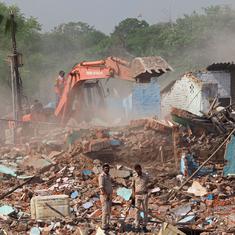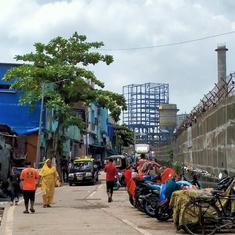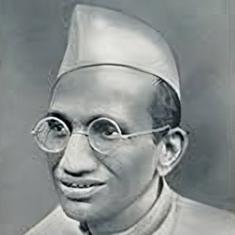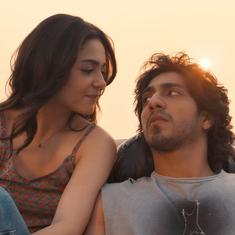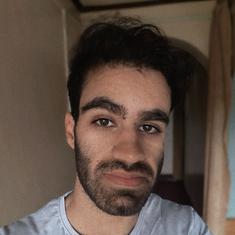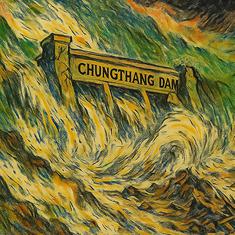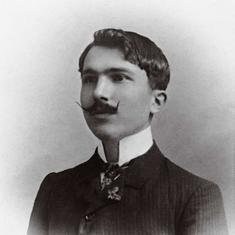In sport, watching superstars struggle evokes, most often, sympathy in those who spectate. Athletes become heroes when they achieve what they set out to or better it. In that journey, fans often miss witnessing their early struggles to reach stardom. Vulnerability is not a costume they have seen their favourite stars wear too often.
But time catches up or form leaves, stripping the athlete’s invincibility and making apparent his or her desperate attempts to return to the top.
Sardar Singh, 31, is one such athlete, who doesn’t wish to go gentle into the good night. After being hailed one of India’s best-ever hockey players, after leading the team in some of their great wins, after many awards and accomplishments, Sardar has been, in recent times, in and out of the squad.
But his business is unfinished: once again, he wants to compete at the Olympics, vie to wear a medal there.
So, the return to the Indian squad for the Azlan Shah Cup, that too as captain, is a crucial opportunity for him to solidify his place in the side ahead of a series of high-profile tournaments this year: the Commonwealth Games in April, the Asian Games in August and the Hockey World Cup in November. Crucial because the Indian coach Sjoerd Marijne values performance more than legacy. Crucial because failure to impress here will perhaps shut the door for Sardar in the Indian side.
On Tuesday at the Sports Authority of India, Sardar spoke to the media about his comeback, on guiding the youngsters, on his relationship with Marijne and more.
Here are excerpts from the interaction:
On comeback
I would like to thank the coaching staff and the federation. You’ve seen that players are being rotated for some time now. The idea behind that is that there are important tournaments coming up – Asian Games and the World Cup – and so everyone in the core group should get a chance. We can then see who performs to what level.
On his belief of a comeback
Look, you have to do what is in your hands. Which is to train well. You should take it in a positive way. When I started, my dream was to be like Teun de Nooijer and Jamie Dwyer. I used to watch them on TV. I was selected alongside them in the all-star teams of 2010-11 two times. You have been adjudged the best player at a major tournament. You have played against the best. You have won a lot of awards. After this, in the years ahead, keep yourself as fit as possible and play as well as you can. The coach decides after that.
On missing HWL Final and New Zealand tour
The HWL Final is a big tournament; you get to play against big opponents. I was preparing well but whatever the decision of the coaches and the federation was after that, I was okay with it. Those of us who were here at the camp were following the schedule.
On guiding the youngsters at Azlan Shah Cup
Experience counts for a lot on the ground. There are 3-4 players who are making their debut. There is responsibility on us. When we came into the team fresh, I had started in 2006 and seniors had guided me. It is natural. Players come and go. I have got a chance now to lead. Now with the help of experienced players we will try and deliver a good result at Azlan Shah.
On change in position
At the Asia Cup, I played as a free defender after a long time. When I came back to the camp afterwards, Sjoerd and I had a chat. He told me: ‘I saw you at the tournament and now we’re going to try a few new players.’ After that, now that they are rotating players, it’s good for everyone.
On his favourite position
It’s been 10 years and I still don’t know (laughs). In 2009-10, I played my best hockey, as a free man. Now I have a lot of experience playing in midfield. So, I think that is better. Because there are players like Harmanpreet and Rupinder behind me.
On the rotation policy
In my view, this Azlan Shah should be the last tournament this year where we rotate; and I think the federation has the same view. After this we can’t try too many players. Those who are performing well will be part of the team henceforth.
On communication with coach Marijne
Communication is very good. We have team meetings where we are openly told everything. You will have seen: when Oltmans was coach, we had a core group of 34 and we used only 20-22 players; the others didn’t get a chance. Now Sjoerd is giving everyone a chance. It is better. We can see who the best 18 are.
On 2020 Olympics
Yes, of course that is my target. This tournament is a challenge for everyone. I have got a chance. Let’s see how well we can do.

